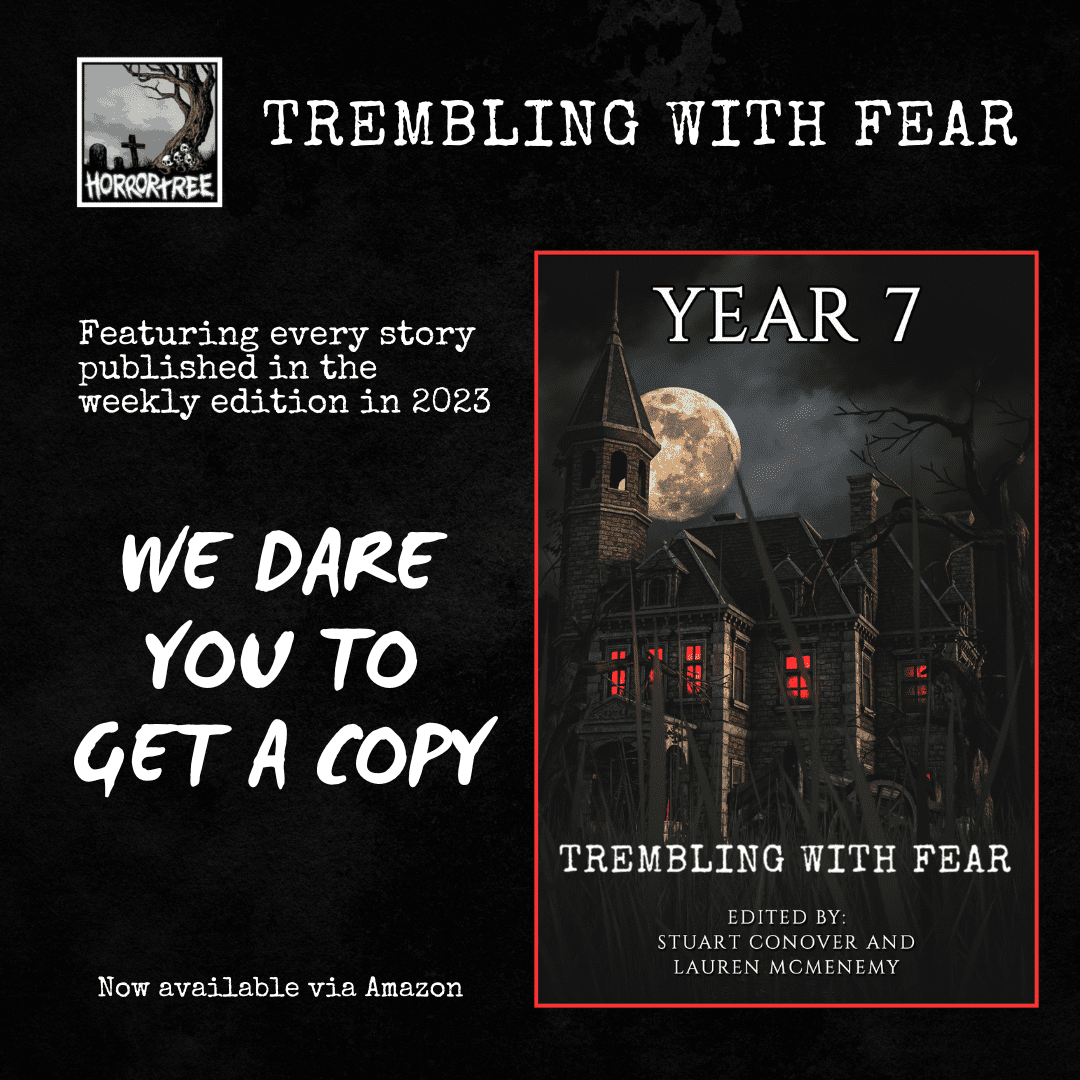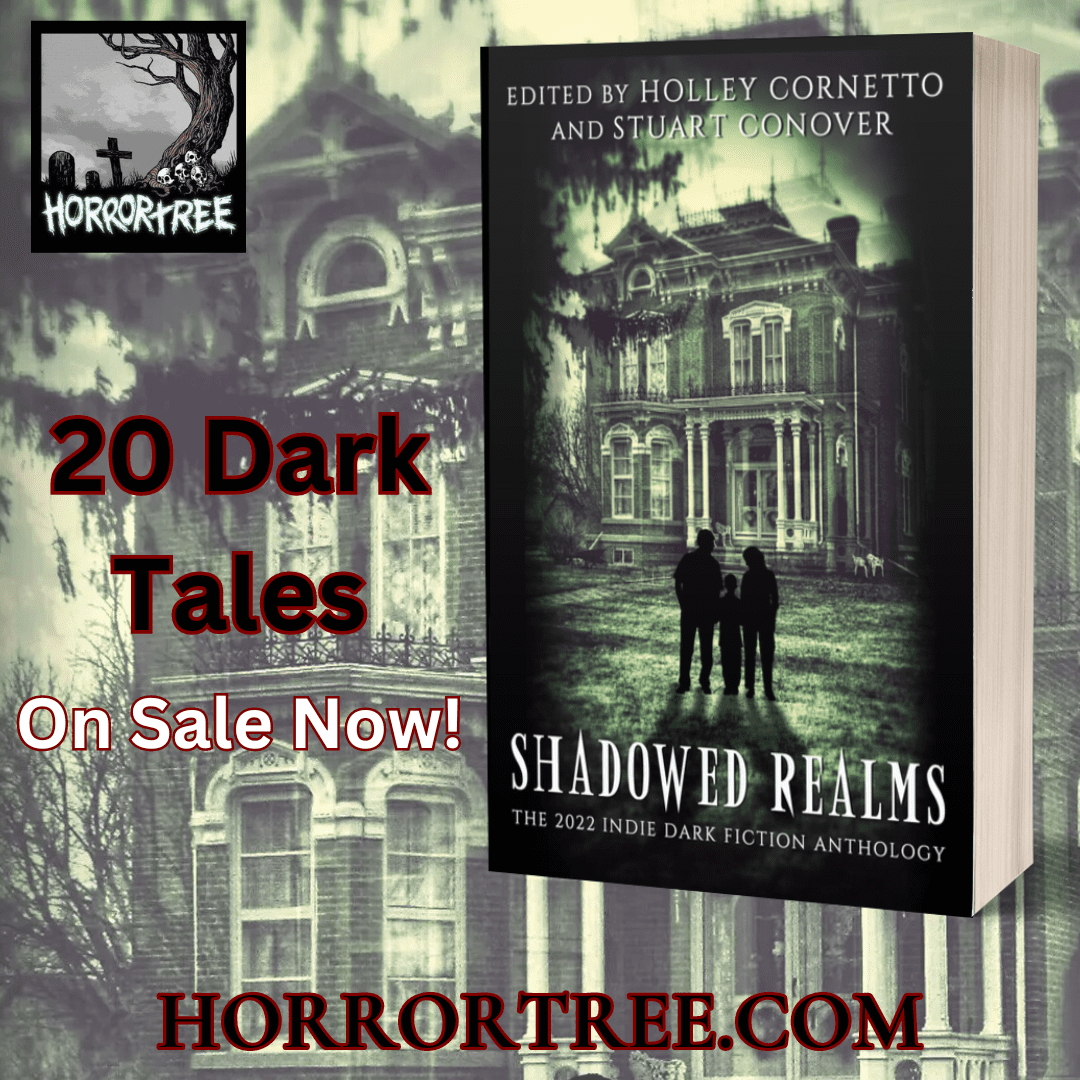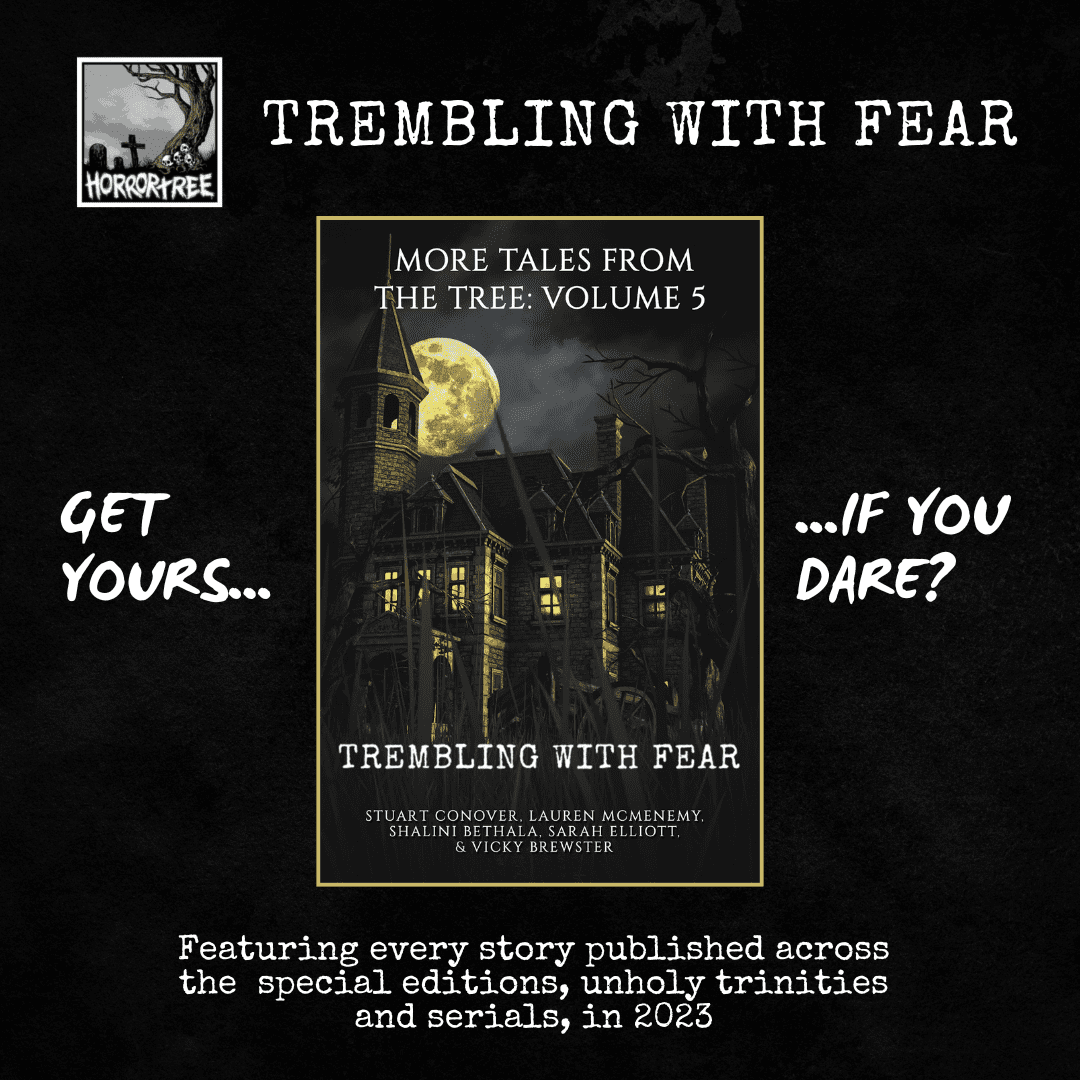The Rise of Serialized Fiction and Its Impact on Readers
The Rise of Serialized Fiction and Its Impact on Readers
Imagine devouring a compelling narrative in manageable pieces, revisiting beloved characters and plotlines with each new release – that’s the magic of serialized fiction. Imagine it as a novel unraveling, not in one sitting but over weeks, months, or even years.
The fact is, this symbiosis of online hubs and passion-driven fandom has cracked open a door to an extraordinary new chapter in storytelling. The genre’s vibrant pulse originates from an unlikely superpowered tandem – how tales are molded and shared alongside this digitally savvy set passionately devouring each imaginative reveal.
You can’t help but wonder, what lit the fuse? How has it evolved? So what’s the bottom line for readers in today’s instantaneous, bite-sized culture – how do they respond to fiction that unfolds in stages?
The Evolution of Serialized Fiction: From Print to Pixels
Serialized fiction, often associated with 19th-century literature, stretches back much further than one might assume. Its roots can be traced to ancient oral traditions where stories were passed down in segments. Ancient civilizations, such as the Greeks with their epic poetry (think of Homer’s Odyssey), knew the power of breaking down a long story into memorable, digestible episodes. These tales were shared aloud over multiple sessions, engaging audiences with cliffhangers and twists that ensured they returned for more.
Fast forward to the 19th century, and the rise of serialized fiction in print became prominent. It was an era where newspapers and magazines dominated media, and publishers realized that breaking down longer stories into parts could engage readers week after week. Charles Dickens, arguably one of the most famous serialized writers, published The Pickwick Papers in monthly installments. The anticipation for each new release was palpable; readers would queue up outside newsstands to grab the latest issue, desperate to know what happened next.
At the time, serialized fiction wasn’t just a way to maintain readership; it was a matter of economic necessity. Not every reader could afford a full novel, but paying for a monthly or weekly installment was far more manageable. Writers too benefited, as serialization often provided a steady income over time, unlike the lump-sum payments of book sales. Writers like Alexandre Dumas (The Count of Monte Cristo), Fyodor Dostoevsky (The Brothers Karamazov), and Leo Tolstoy (Anna Karenina) all embraced serialization. The episodic format kept readers hooked, discussing, and debating plot points as they awaited the next installment.
As the 20th century progressed, serialized fiction found new homes in radio dramas, television shows, and comic strips. Yet, by the late 20th century, novels were primarily being consumed as complete works. The serialized format became less prevalent in print, although it persisted in other media, especially television.
Now, with the digital age, serialized fiction has returned with a vengeance, albeit in a slightly different guise. Platforms like FictionMe have revitalized the serialized model. FictionMe platform allows writers to release their stories in chunks, and readers to consume them at their own pace — chapter by chapter, episode by episode. Unlike the constraints of printed pages, digital serialization offers flexibility. Authors can extend or shorten their stories depending on reader feedback, adding an interactive dimension that wasn’t available before.
The evolution of serialized fiction reflects changing technologies and reader habits, but its core — the power of a compelling story told over time — remains unchanged.
The Unique Engagement of Serialized Fiction: Why Readers Keep Coming Back
What is it about serialized fiction that captivates readers so intensely? The key lies in its unique structure, one that fosters both anticipation and community. Serialized fiction thrives on the art of suspense, the cliffhanger that leaves you at the edge of your seat, unable to wait for the next part.
In contrast to traditional novels, where you have the full story in hand, serialized fiction forces readers to pause, reflect, and engage with the plot before the next installment arrives. It makes the reading experience a journey, rather than a sprint to the end. Each segment invites readers to speculate, discuss, and theorize what will happen next. In modern times, this leads to thriving online communities.
On platforms like Reddit and fanfiction websites, readers dissect every chapter, share their thoughts, and create theories in real-time. Serialization taps into the desire for stories to be both consumed and discussed communally, much like TV shows that gather fan bases eagerly awaiting new episodes.
But perhaps more interestingly, serialized fiction plays into the psychology of habit formation. By delivering content regularly, it creates a cycle of expectation and reward. Just as a weekly television show can become a ritual, so can serialized fiction. Readers look forward to the next drop, whether it’s a chapter every Monday or an update every evening.
The Digital Revolution: Accessibility, Diversity, and Democratization
The digital age has not only revived serialized fiction but also democratized it. Writers no longer need to wait for a publisher’s approval to have their work serialized. Instead, services like FictionMe app allow anyone with a story to tell to start posting chapters immediately. This openness has brought a surge of diversity in serialized storytelling, with voices from all over the world sharing their narratives.
Moreover, digital platforms provide accessibility that print serialization could not. Readers from across the globe can access serialized stories on their phones, tablets, or laptops, anytime and anywhere. Writers can gauge feedback instantly through comments and engagement metrics. Some platforms even allow for pay-per-chapter models, where readers can financially support authors while still consuming content in small, digestible pieces.
There’s also the matter of binge culture. While traditional serialized fiction forced readers to wait between installments, digital platforms offer flexibility. Some readers still enjoy the suspense of waiting for the next episode, while others prefer to binge-read entire stories once they’re complete. This hybrid consumption model makes serialized fiction highly adaptable to individual preferences.
Statistics from serialized platforms support this rising trend. Wattpad reports that over 90 million readers use the platform monthly, many of whom follow serialized stories. Meanwhile, Radish saw a 30% increase in reader engagement year-over-year by 2022, showing that serialized fiction’s allure isn’t waning anytime soon. Readers crave a constant stream of content, and serialized fiction, by nature, satisfies this demand in small, frequent doses.
The Emotional and Psychological Impact on Readers
Serialized fiction doesn’t just entertain — it has a profound emotional and psychological impact on readers. It generates suspense, fosters empathy, and builds a deeper connection between the audience and the story.
First, there’s the undeniable thrill of suspense. Serialized fiction often ends each chapter or installment with a cliffhanger, leaving the reader in a state of unresolved tension. This mechanism keeps the reader hooked, constantly yearning for more. In psychological terms, it’s similar to the intermittent reinforcement seen in gambling, where the reward (in this case, the continuation of the story) is uncertain and delayed, keeping readers engaged.
Serialized stories are like a steady IV drip of character development – it’s a slow and deliberate process that yields remarkable results. Rather than consuming a narrative in one or two sittings, readers interact with characters over weeks, months, or even years. As the days turn into weeks, a bond forms, enriching the encounter and making it increasingly harder to detach. Characters become familiar, and their development feels more real because it unfolds gradually. Emory University scientists stumbled upon an interesting phenomenon – the more we absorb ourselves in serial storytelling, the more our capacity for empathy grows. The slowed-down tempo allows characters to take center stage, making each plot revelation pack a stronger emotional wallop.
Furthermore, serialized fiction allows readers to engage in a collective experience. The communal aspect of awaiting the next chapter or theorizing about plot developments fosters a sense of belonging. In today’s world, where many feel isolated, engaging with others over a shared narrative can be comforting. The collective waiting and excitement for a new release can mirror the community experience often seen with popular TV shows, where discussion forums and social media exploded with speculation and reaction.
Conclusion
As readers devour episodic tales, it’s clear: the way we approach storytelling is undergoing a radical transformation. In both ancient oral traditions and today’s digital landscape, the art of serialized storytelling has expertly blended creator and audience, harnessing a dynamic exchange that captivates and inspires.
The real magic happens when readers are swept up in this, their emotions and thoughts reshaped by the experience. Whether through tantalizing hints or full-blown disclosures, the process tantalizes and baffles in equal measure, instilling an almost primal need to unpack the whys and wherefores, forcing fans to go back, re-evaluate, and delight in unwrapping the multi-layered plot, exchanging interpretations and observations with fellow enthusiasts along the way. In a world where instant gratification reigns, serialized fiction dares to slow things down, making the journey through the story just as important as its destination.












